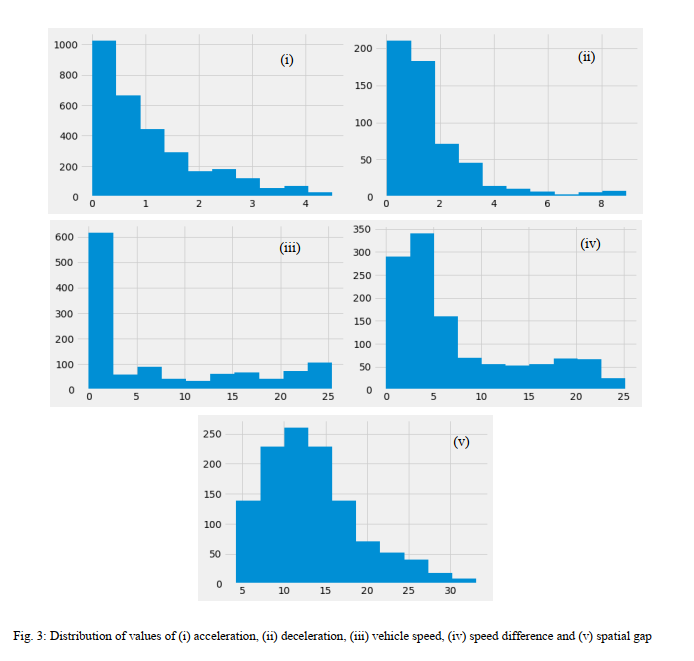
The era of automation has already been launched in the field of transportation, expected to increase road capacity and safety levels by reducing and eliminating crashes while the environmental impacts are also anticipated to be positive. Various studies have tried to analyze the behaviour of automated vehicles and their interaction with the surrounding traffic while concerning pedestrians, research is still limited. The present work aims to enrich existing research by modelling the behaviour of an automated vehicle when it interacts with a pedestrian with the intention to cross the road. For this purpose, vehicle and pedestrian trajectories from a virtual experiment are analyzed and the principles of inverse reinforcement learning are used for developing the model. The results are further discussed along with suggestions for future work.
| ID | pc477 |
| Presentation | |
| Full Text | |
| Tags |






